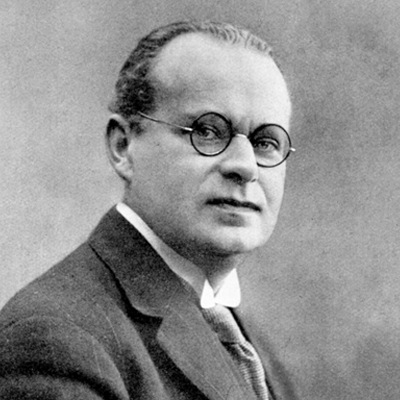I continue my survey of chess authors by examining perhaps the most influential of them all.
Aron Nimzowitsch (1886-1935)

Aron Nimzowitsch. Photo: World Chess Hall of Fame
Half a century before Mikhail Tal and Edmar Mednis, Aron Nimzowitsch was born in Riga (now the capital of Latvia).
He gradually improved his level, competing in lower divisions of Coburg 1904, Barmen 1905, and Ostend 1907 — the latter event a 30-player round-robin lasting six weeks!
Nimzowitsch hit the big time in Karlsbad 1907, tying for fourth place behind Akiba Rubinstein. He continued to prove he was a top player and received an invite to St. Petersburg 1914, but did not reach the finals (won by World Champion Emanuel Lasker).
Nimzowitsch fled Latvia during the Russian Revolution in 1917, eventually settling in Denmark. In the 1920s he won several elite events, reaching his peak by winning Karlsbad 1929.
One of the five-best players in the world in the late 1920s and early 1930s, Nimzowitsch could not secure financial backing for a World Championship Match. It was instead Efim Bogoljubov who got two chances at the throne in 1929 and 1934 against Alexander Alekhine, before Max Euwe finally wrested away the title in 1935 — the same year Nimzowitsch breathed his last.
Leader of the Hypermoderns
The hack-and-slash Romantic Era (think Adolf Anderssen and Paul Morphy) was emblematic of 19th century chess. The reaction was the positional logic of the Classical Era led by Wilhelm Steinitz, Lasker, and Siegbert Tarrasch beginning in the last quarter of the 1800s.
By the 1920s, it was time for another sea-change. Nimzowitsch, Richard Réti (1889-1929), and Gyula Breyer (1893-1921) led the Hypermodern Era of the 1920s and 30s. Influence the center from afar with pieces, using plenty of fianchettos! Entirely new opening branches were explored, including Alekhine’s Defense (1.e4 Nf6), Nimzo-Indian Defense (1.d4 Nf6 2.c4 e6 3.Nc3 Bb4), and Grünfeld Defense (1.d4 Nf6 2.c4 g6 3.Nc3 d5).
It’s notable that the top players of the era including Alekhine, Rubinstein, and Jose Capablanca embraced Hypermodern concepts and incorporated them into their own play.
Literary Legacy of Aron Nimzowitsch
Nimzowitsch may be the only top player more remembered in chess history for his books than his games! I wonder how he would feel about that?
Before moving to NImzowitsch’s most famous works, I’ll mention Как Я Стал Гросмейстером (How I Became a Grandmaster) which contains some of his early games and suggestions for improvement, but has not been translated into English (as far as I know). I’m very interested in reading this book one day, though my Russian is poor.
Ok, here we go:
The Blockade (1925)
This small (

David Thompson holds a Master’s degree in Mathematics and has over 12 years of experience in competitive chess. As the lead writer for Chess-Essentials.com, David is dedicated to sharing his extensive knowledge of chess strategies and tactics. His clear and insightful articles are designed to help players of all levels enhance their skills and understanding of the game.
Connect with David on social media: Facebook